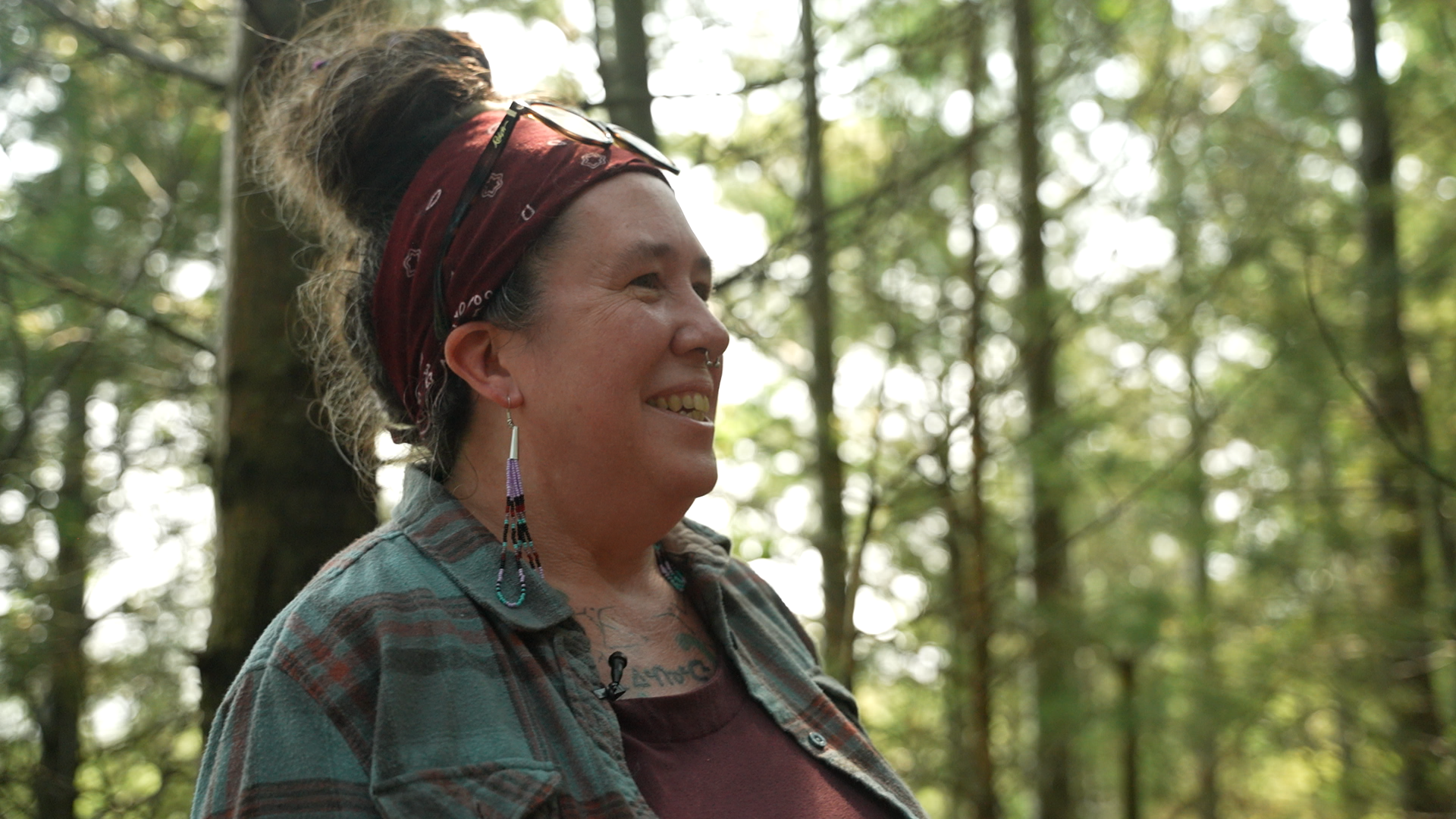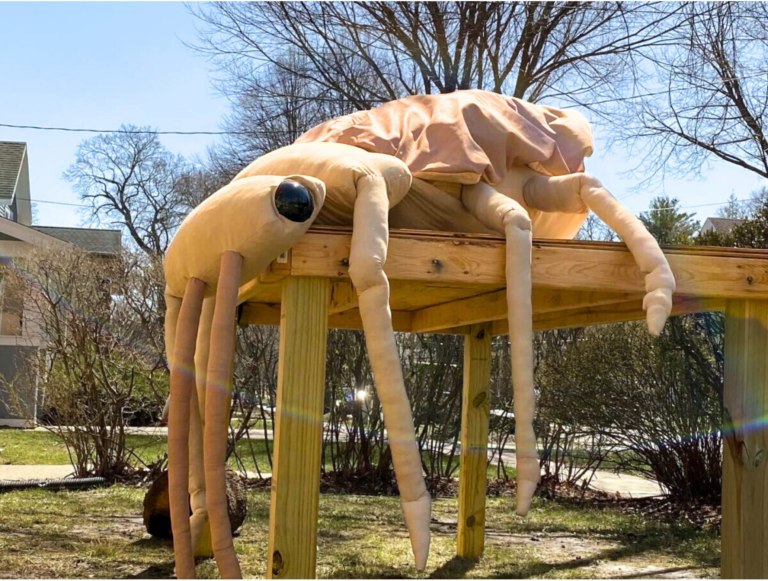It’s the time of year to take stock of the previous 10 months and tally up gratitude. Wisconsin Sea Grant and its sister program the University of Wisconsin Water Resources Institute (WRI) head into the week of Thanksgiving 2016 noting the year’s research, education and outreach on behalf of the Great Lakes and Wisconsin’s water quality, quantity and management.
We’re thankful Sea Grant and WRI could engage in dozens of projects that benefit the 6.4 million acres of the Great Lakes within state borders and Wisconsin’s 1.2 quadrillion gallons of groundwater. Here are just three sample projects from those dozens:
· Researchers discovered a kind of mercury “fingerprint” that makes it easier to determine the source of mercury in the environment and then, how best to reduce it. Mercury is a naturally occurring element that can have toxic effects on people’s brains, kidneys and lungs. In certain environments, with the right microbes, it can be transformed into methylmercury, which is far more toxic than elemental mercury.
· Variable Lake Michigan water levels have meant that property along the lake is shifting—bluffs may be eroding or beaches may be washing away. Sea Grant has stepped in to offer property owners and local communities a range of options on how to deal with these natural processes to limit damage to community infrastructure or private assets.
· Radium is at the heart of a groundbreaking decision this year to allow one Wisconsin community, outside of the Great Lakes basin, to divert Lake Michigan water since its own water is contaminated by the naturally occurring element. But that community isn’t the only one in the state affected by radium. A pair of Water Resources Institute researchers are looking into siting wells differently to perhaps avoid the source of radium in drinking water.
The 2016-18 Directory of Projects and People provides details on all ongoing Sea Grant research, education and outreach projects.





